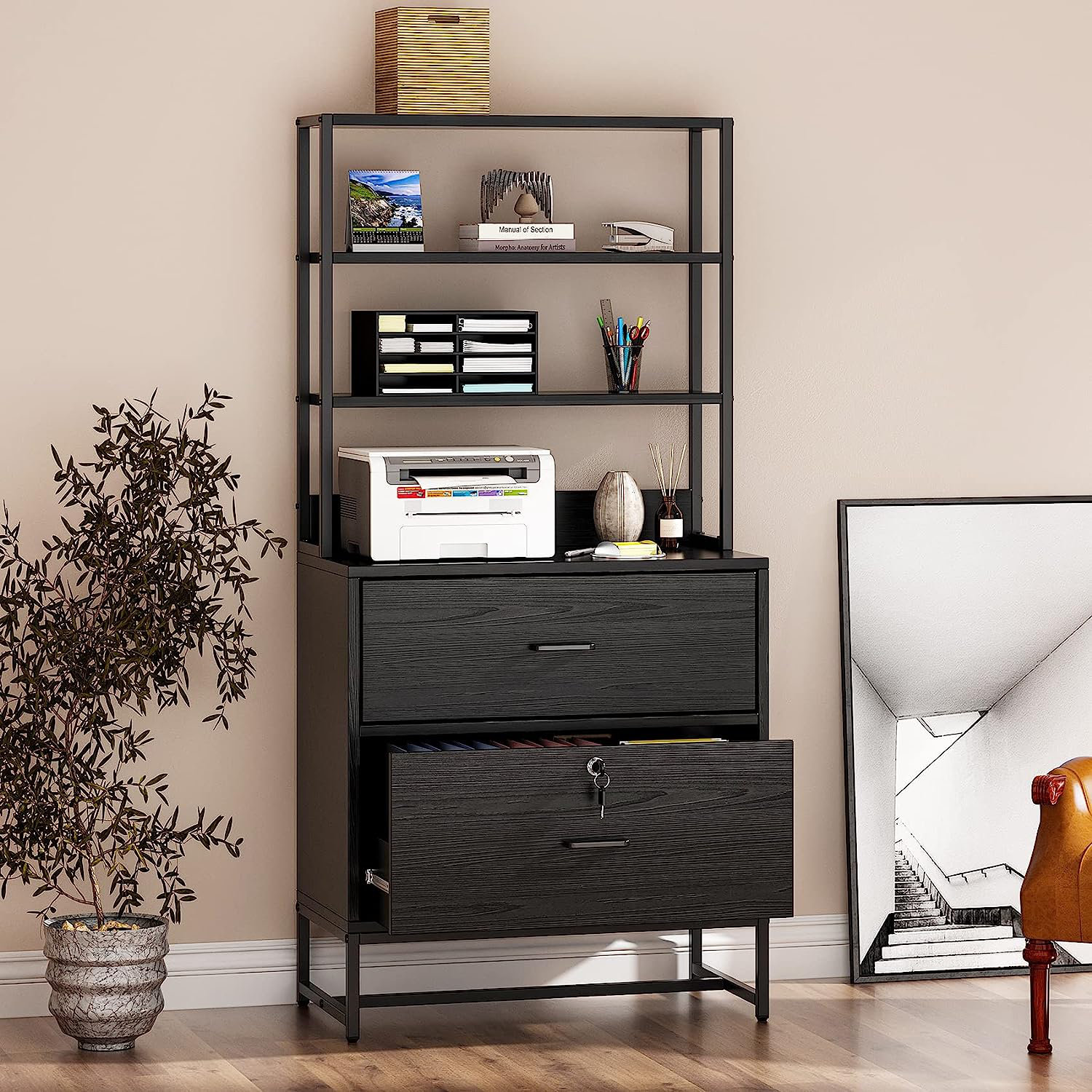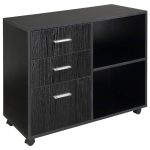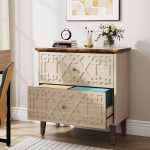Introduction: The Importance of Effective Office Organization
In the fast-paced world of modern business, maintaining efficient office organization is crucial for productivity and workflow. One of the cornerstones of a well-organized office is the proper storage of documents and files. Filing cabinets play a pivotal role in achieving this goal, providing not just storage but also accessibility and security for important paperwork. Choosing the right filing cabinet can significantly enhance the efficiency of your office space.
Types of Filing Cabinets
Filing cabinets come in various types, each catering to different needs and office environments. Vertical Filing Cabinets are the traditional choice, offering multiple drawers stacked vertically. They are ideal for offices with limited floor space but ample vertical room. Lateral Filing Cabinets, on the other hand, feature wide drawers that open horizontally, providing easy access to files arranged side by side. These are suitable for offices where quick access and visibility of files are priorities. Mobile Filing Cabinets add flexibility with wheels, allowing them to be moved around easily, which is beneficial in dynamic office layouts.
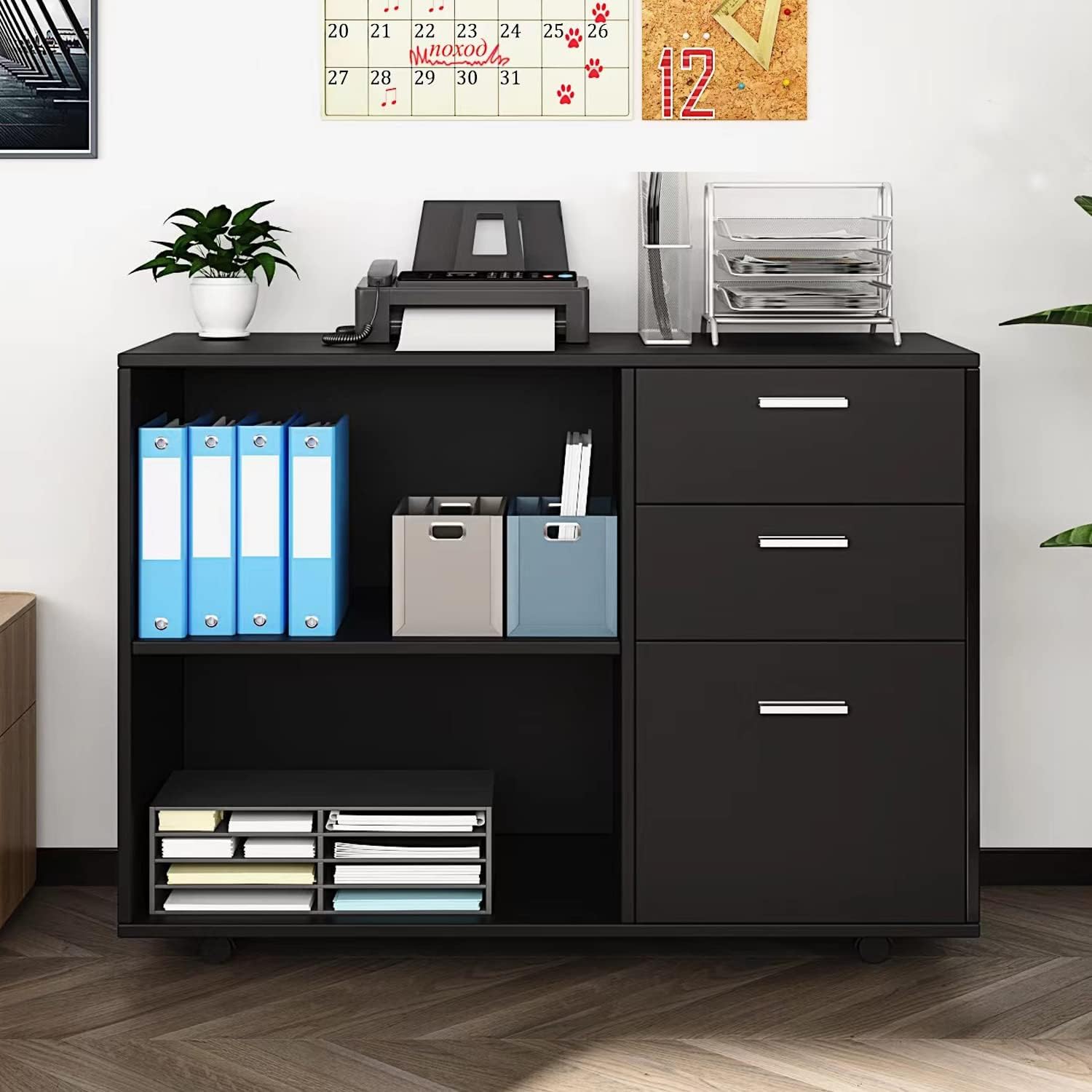
Considerations for Office Layout and Space
When selecting a filing cabinet, it’s essential to consider your office layout and available space. Small Offices may benefit from compact vertical or mobile cabinets that can fit into tight corners or under desks. Large Offices with expansive floor plans can accommodate larger lateral cabinets or even modular filing systems that can be customized to fit the available space efficiently. Understanding how different types of cabinets integrate with your office layout ensures optimal use of space while enhancing accessibility to files.
Materials and Durability
The durability and longevity of a filing cabinet depend largely on the materials used in its construction. Metal Cabinets are popular for their robustness and resistance to wear and tear. They are also fire-resistant, making them suitable for storing critical documents safely. Wood Cabinets offer a more aesthetic appeal and can blend well with traditional office decor. However, they may require more maintenance to preserve their appearance over time. Plastic Cabinets provide a lightweight and economical option, suitable for less demanding office environments.
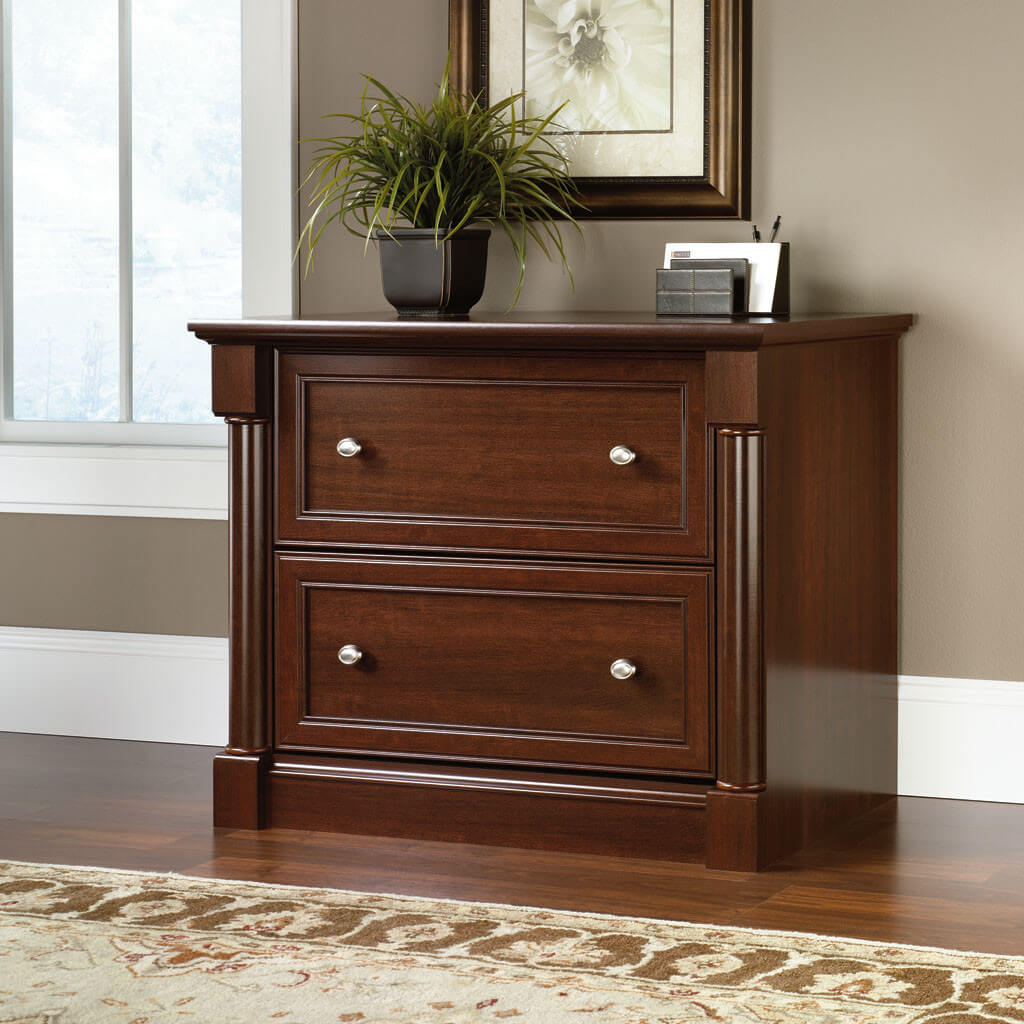
Security Features
Security is a paramount consideration when choosing a filing cabinet, especially for storing sensitive or confidential documents. Locking Mechanisms ensure that only authorized personnel have access to the contents. Cabinets equipped with Electronic Locks offer additional security through coded access, while traditional Key Locks provide a straightforward yet effective means of securing files. Understanding your office’s security needs will guide you in selecting a cabinet that provides the necessary level of protection against unauthorized access or theft.
Organization and Accessibility
Efficient office organization hinges on the accessibility of files when needed. Drawer Organization features such as dividers, rails, and adjustable compartments help keep documents neatly categorized and easy to locate. File Visibility is enhanced in cabinets with drawers that extend fully, allowing a clear view and easy reach of files stored at the back. Labeling Systems further streamline accessibility by clearly identifying the contents of each drawer or section, minimizing the time spent searching for specific documents.
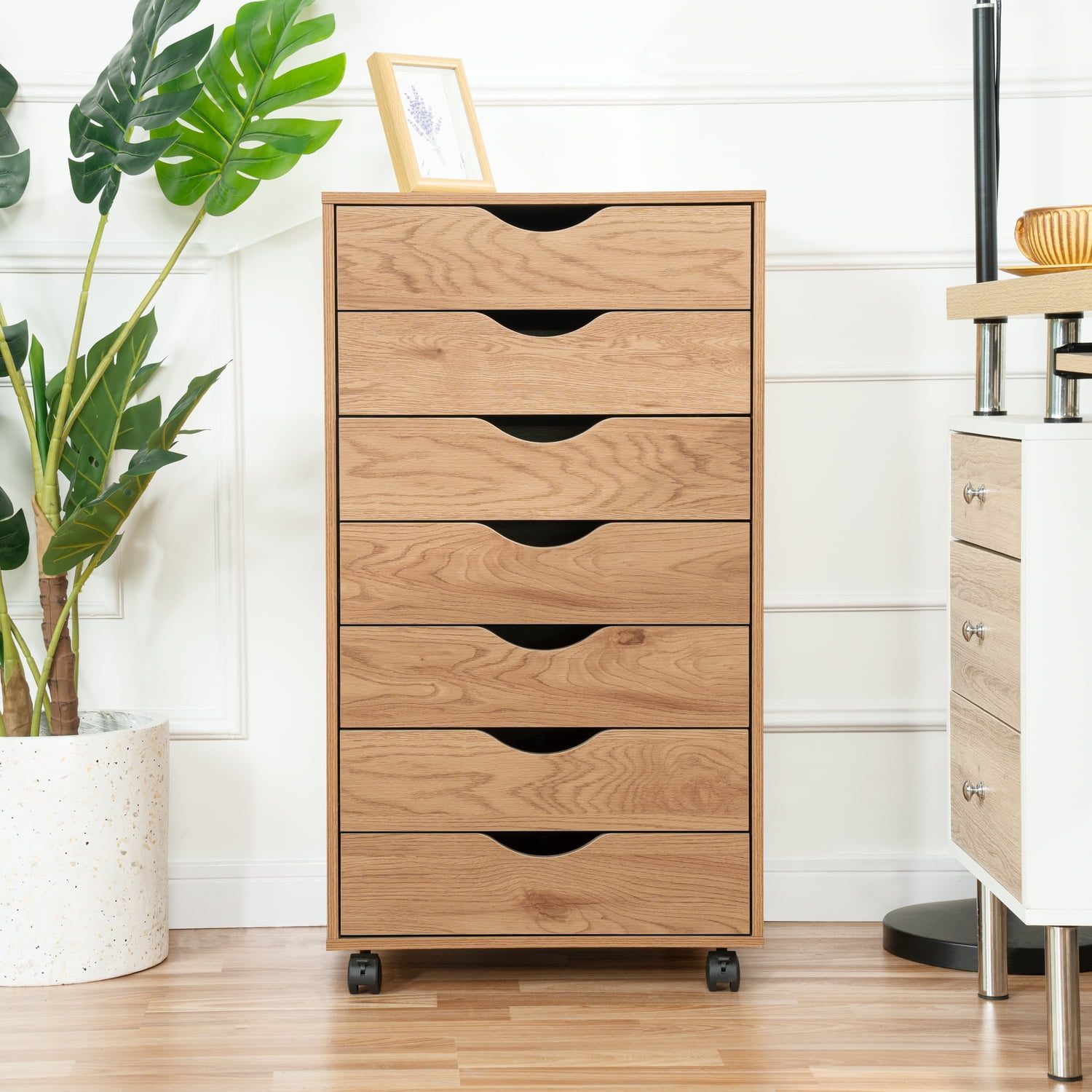
Ergonomics and User-Friendliness
Considering the ergonomic design of a filing cabinet contributes to the comfort and convenience of its users. Drawer Handles should be easy to grip and operate, facilitating smooth opening and closing of drawers. Cabinets with Anti-Tip Mechanisms provide stability and safety, preventing accidental tipping when multiple drawers are open. Height and Accessibility are crucial factors, ensuring that files stored in lower or higher drawers remain easily reachable without straining or bending, promoting a comfortable and efficient workflow.
Sustainability and Environmental Impact
In today’s environmentally conscious world, the sustainability of office furniture is increasingly important. Opting for Recyclable Materials or cabinets made from Sustainable Sources minimizes the environmental footprint of your office. Look for cabinets certified by recognized environmental standards or those manufactured using eco-friendly practices. Investing in durable cabinets that withstand the test of time also contributes to sustainability by reducing the need for frequent replacements, thereby conserving resources and reducing waste.
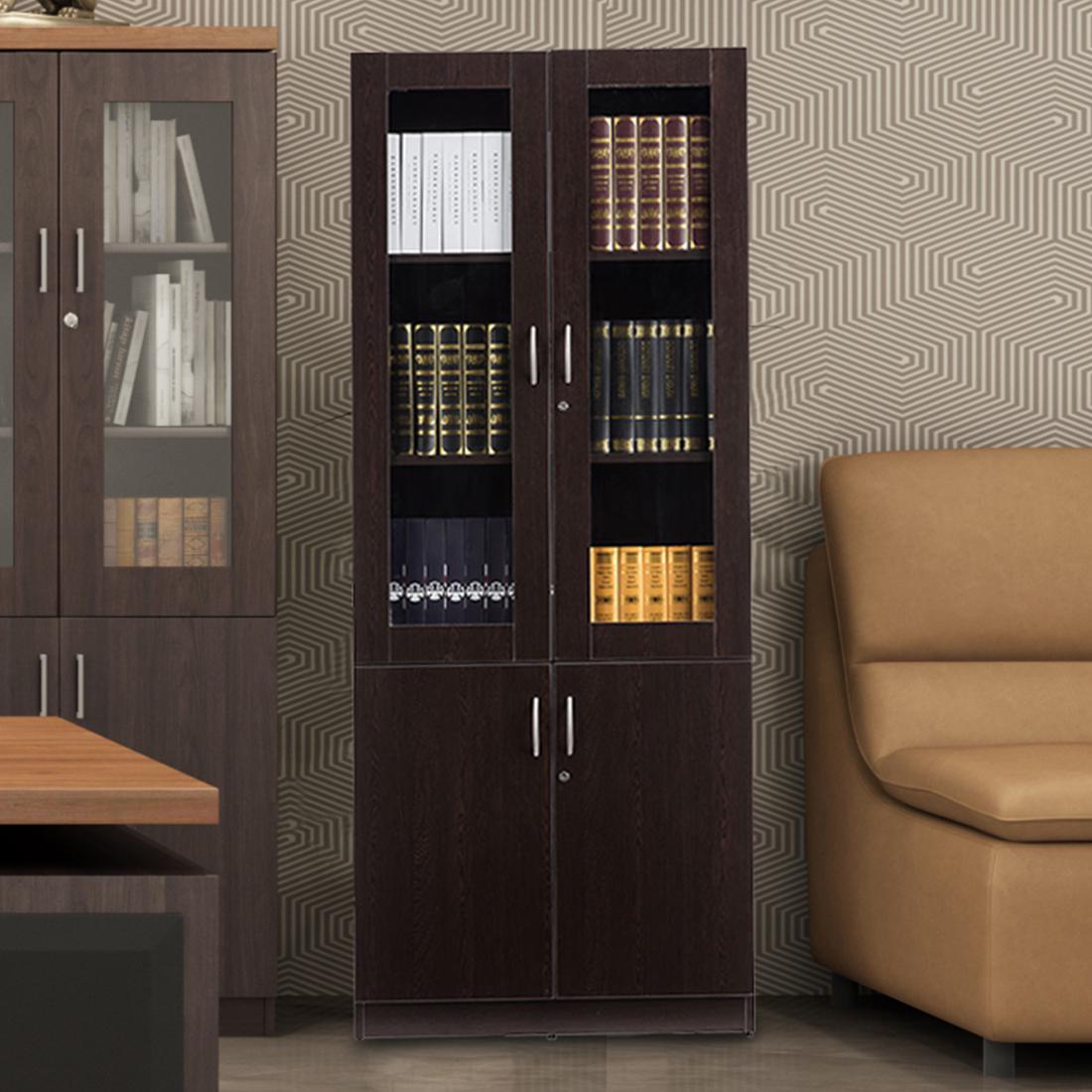
Budget Considerations
Balancing quality and cost is essential when selecting a filing cabinet that meets your office’s needs without exceeding your budget. Affordable Options include basic metal or plastic cabinets suitable for general-purpose storage. Mid-Range Cabinets offer more features such as better security and ergonomic design, while High-End Cabinets may include advanced security systems or custom configurations tailored to specific organizational requirements. Assessing your budget constraints alongside the desired features ensures a cost-effective investment in office organization.
Maintenance and Care
To ensure the longevity and functionality of your filing cabinet, proper maintenance and care are essential. Regular cleaning helps prevent dust buildup and maintains the cabinet’s appearance. Use a soft cloth or gentle cleaner to wipe down the exterior surfaces. For metal cabinets, avoid using abrasive materials that could scratch or damage the finish. Additionally, periodically check and lubricate the drawer slides and locks to ensure smooth operation. By incorporating regular maintenance into your office routine, you can extend the lifespan of your filing cabinet and keep it in optimal condition.
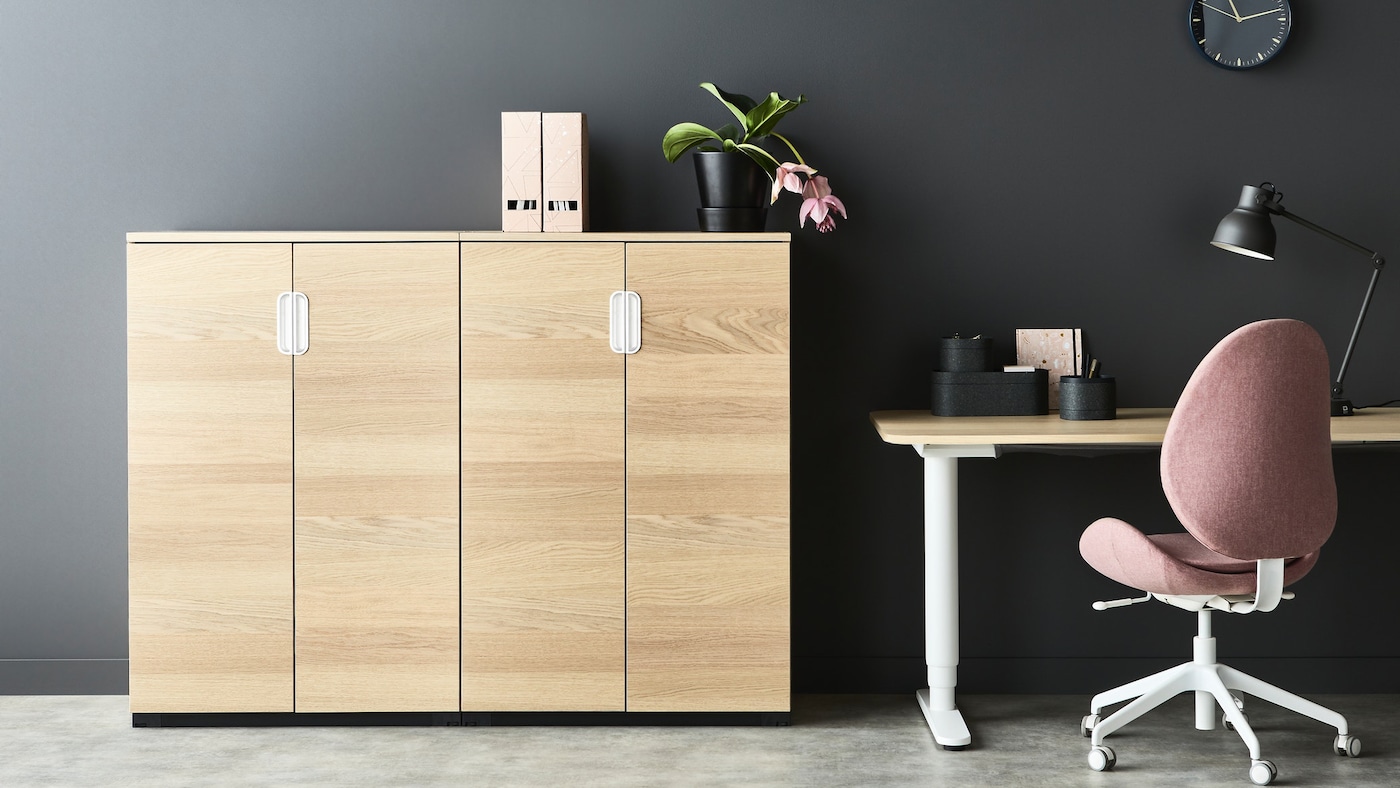
Customization and Expansion Options
As your office evolves and grows, your storage needs may change as well. Look for filing cabinets that offer customization and expansion options to accommodate future requirements. Some cabinets feature modular designs that allow you to add extra drawers or sections as needed. This flexibility ensures that your filing system can adapt to your office’s changing demands without requiring a complete overhaul. Investing in a cabinet with expansion capabilities will save you time and money in the long run by eliminating the need to replace your entire filing system.
Digital Alternatives and Integration
In today’s digital age, paperless solutions and document management systems are increasingly popular. While physical filing cabinets remain a staple in many offices, consider integrating digital alternatives alongside your traditional storage. Explore options such as document scanning and digitization services, which allow you to convert physical files into electronic formats. This not only saves physical space but also enhances accessibility and searchability of documents. Many filing cabinets even offer built-in features like USB ports or charging stations to facilitate the integration of digital devices and promote a seamless transition between physical and digital workflows.
Conclusion: Choosing the Ideal Filing Cabinet
Filing cabinets are not merely storage solutions; they are integral to fostering an organized and efficient office environment. By considering factors such as office layout, security needs, material durability, and user accessibility, you can pinpoint the perfect filing cabinet for your workplace. Whether you opt for a classic vertical cabinet for compact spaces or a spacious lateral cabinet for enhanced file visibility, the right choice will streamline operations, boost productivity, and contribute to a well-managed office ecosystem. Invest wisely in your office organization today for a more productive and structured tomorrow.
